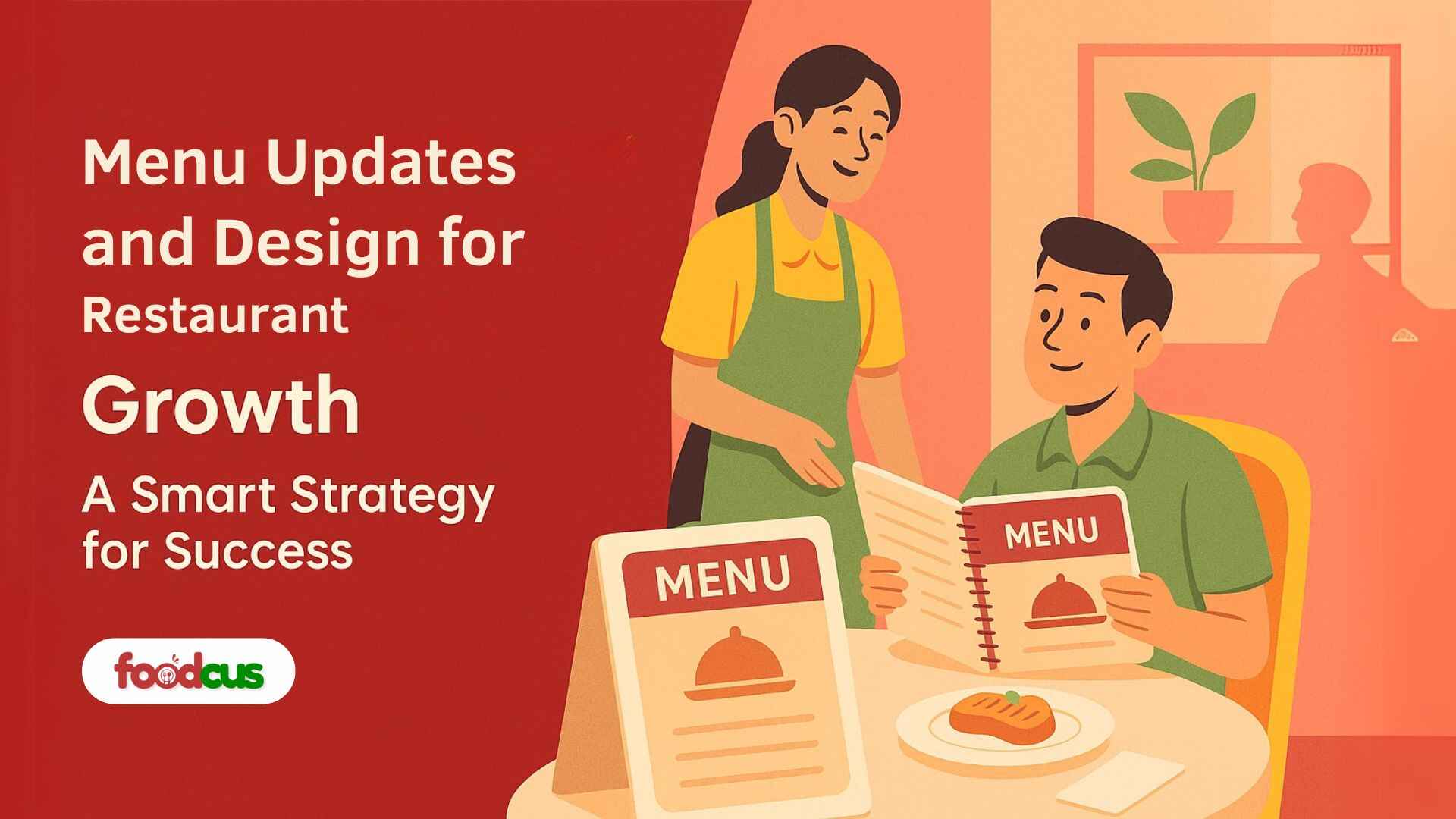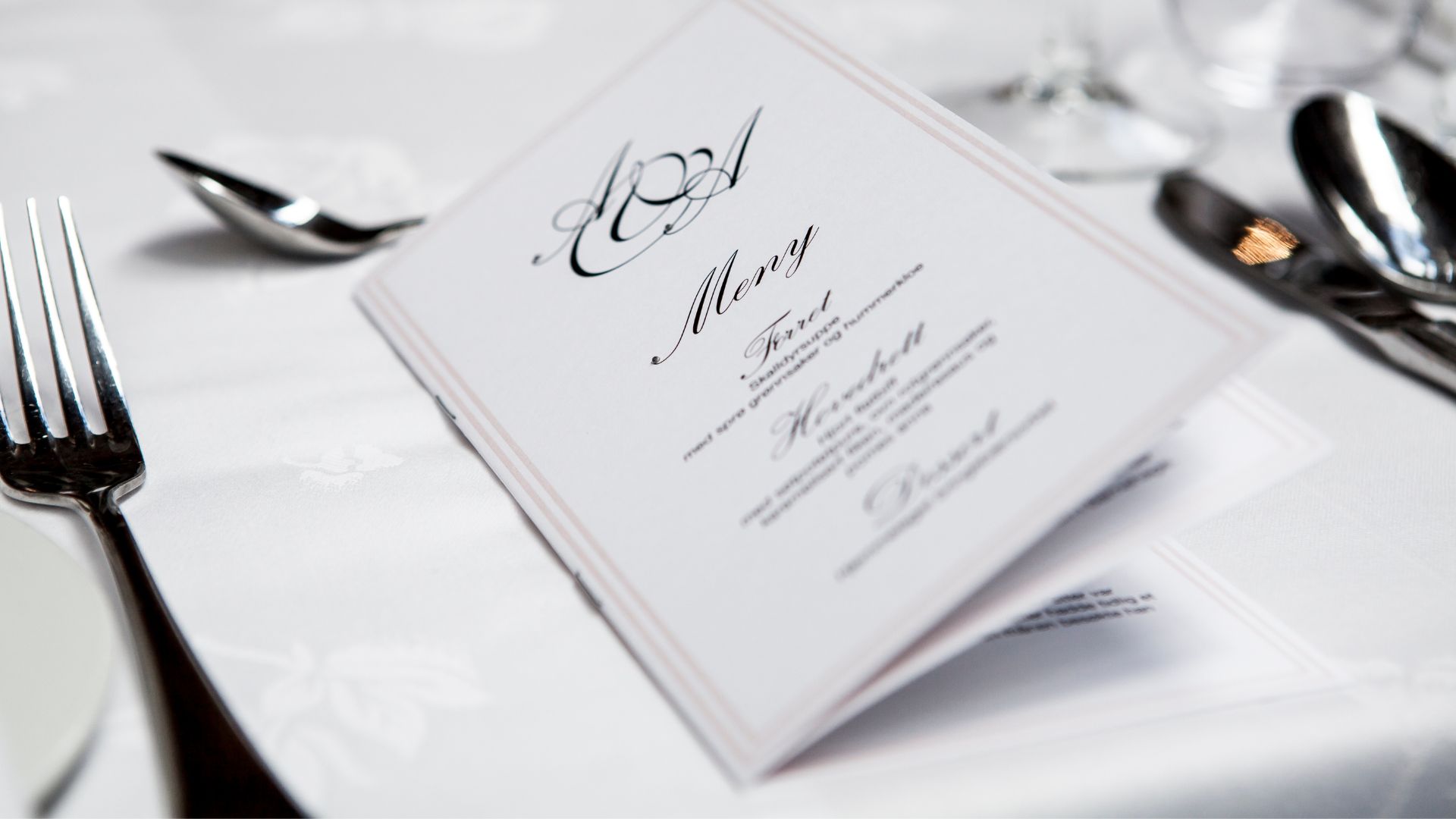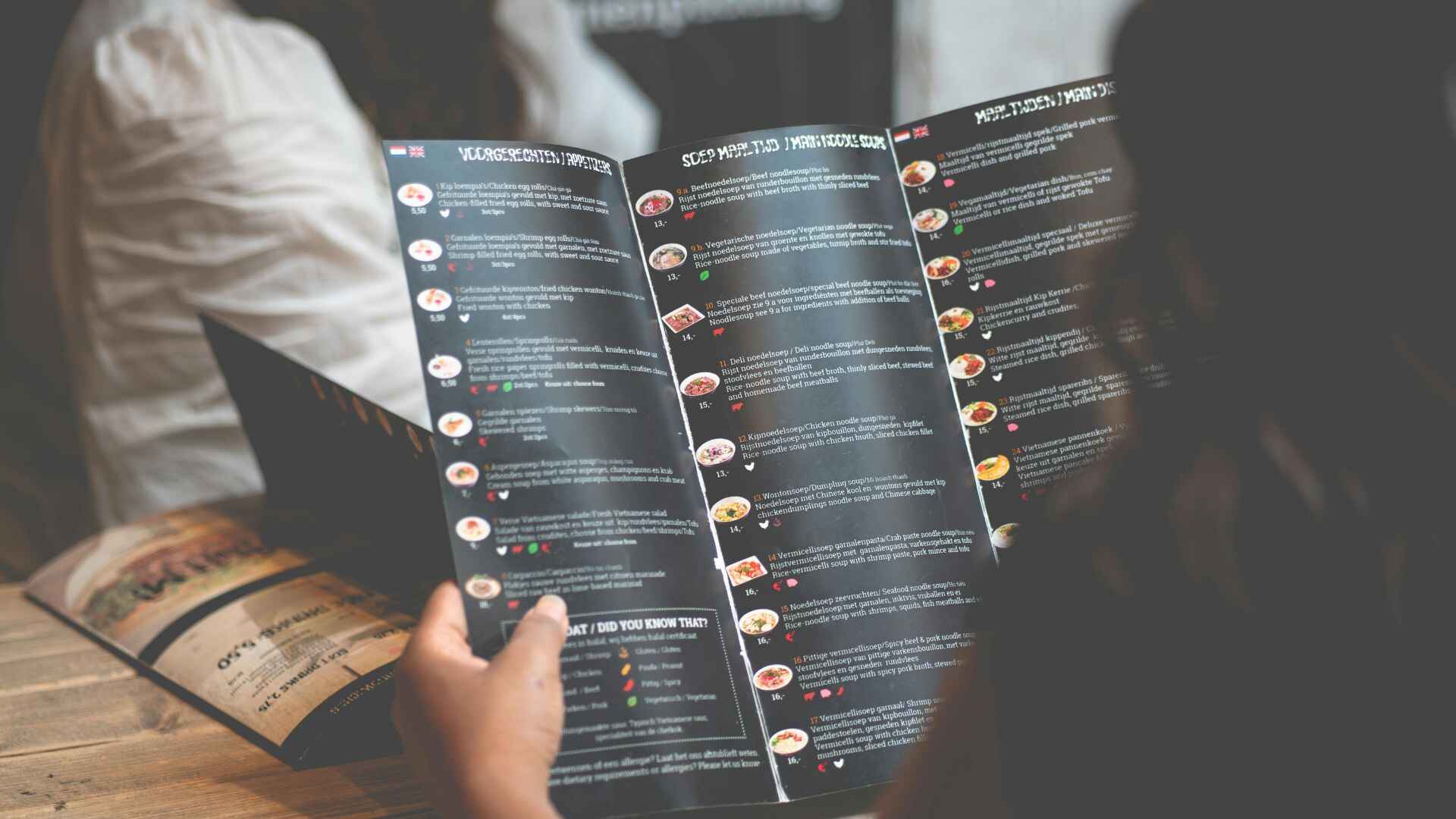
Your menu is more than just a list of dishes—it’s your sales engine, your brand voice, and one of the most powerful tools you have to influence customer decisions.
Strategically updating and designing your menu doesn’t just enhance the dining experience; it can directly impact your bottom line. In this blog, we’ll explore how smart menu design and regular updates can drive restaurant growth, increase sales, and improve customer satisfaction.
Why Menu Strategy Matters for Growth
An effective menu:
- Guides customers to high-margin items
- Reinforces your restaurant’s identity and theme
- Reduces operational inefficiencies
- Improves the average order value
- Increases repeat visits with seasonal variety and innovation
According to industry data, thoughtful menu engineering can increase profits by 10–15%—without adding a single new customer.
When and Why to Update Your Menu
1. Seasonal Changes
Incorporate fresh, seasonal ingredients to keep the menu exciting and reduce food costs.
2. Low-Performing Items
If a dish rarely sells or takes too long to prep, it’s time to remove or replace it.
3. Customer Feedback
Listen to your diners—what they love, what they skip, and what they wish you offered.
4. Cost Fluctuations
Rising ingredient costs should prompt price adjustments or recipe tweaks to maintain margins.
5. Brand Evolution
Launching a rebrand? Going more sustainable? Your menu should reflect that evolution.
Menu Design Strategies that Drive Sales

1. Use Strategic Item Placement
- The top-right corner of a menu is prime real estate—place high-margin dishes here
- Group items into clear categories for better navigation.
2. Highlight High-Profit Items
Use boxes, bold text, or icons to draw attention—but don’t overdo it. Subtle design cues work best.
3. Leverage Descriptive Language
Instead of “Grilled Chicken,” try “Herb-Grilled Chicken with Lemon Butter Glaze.” Evocative language increases perceived value.
4. Avoid Using Dollar Signs
Studies show that removing currency symbols can reduce price sensitivity.
5. Use Photos Sparingly
For casual or quick-service restaurants, high-quality images of signature items can boost conversions. For fine dining, text descriptions may be more appropriate.
Menu Engineering: Analyze What Sells (and What Doesn’t)

Use a simple matrix to categorize each menu item:
- Stars: High-profit, high-popularity — promote heavily
- Plow Horses: Low-profit, high-popularity — adjust price or ingredients
- Puzzles: High-profit, low-popularity — consider rebranding or repositioning
- Dogs: Low-profit, low-popularity — consider removing
A data-driven approach to your menu ensures every item earns its place.
Pro Tips for Smarter Menu Management
- Test new dishes as limited-time offers (LTOs) before making them permanent.
- Involve your kitchen team in updates to ensure feasibility.
- Keep digital menus and third-party delivery listings synced and up to date.
- Consider QR menus with dynamic update capability for fast changes and lower printing costs.
Final Thought
Your menu is a dynamic tool, not a static document. Restaurants that regularly optimize their offerings and design choices see better customer engagement, stronger branding, and improved profitability.
When done right, menu updates and smart design are growth strategies—not just cosmetic tweaks.
- Action Step:
Review your current menu. Identify your stars and dogs. Make at least one small change this month—whether it’s a new highlight, a better description, or removing a low-seller.
